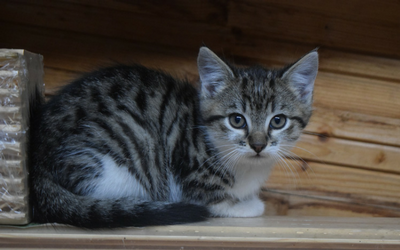cat nasal polyp sound
These polyps typically arise from the middle ear and extend through the Eustachian tube into the nasopharynx. The polyps obstruct the passage of air so affected cats usually develop a distinctive snorting sound as they breathe.

Edie And Her Nasopharyngeal Polyp Removal See How What This Looks Like And How Big They Can Get Youtube
She said it could be a congenital abnormality or a mechanical obstruction whatever that is.
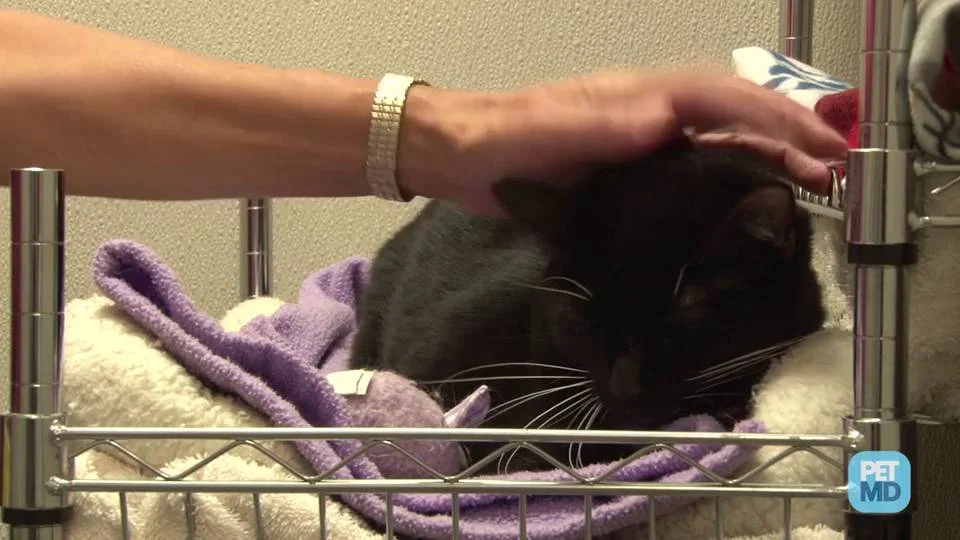
. The problem Domino had is called a nasal polyp. May involve middle ear oropharynx or nasopharynx. Where a polyp is nasopharyngeal so not in the ear but at the back of the throat above the soft palate the cat normally shows more respiratory-type signs.
She suggested a CT scan for and to see a specialist to come up with a plan which involves lotsa. Nasopharyngeal polyps impact your cats breathing. In some cases these signs may be accompanied by a phenomenon called reverse sneezinga sudden alarming honking sound that the frustrated cat makes in an apparent effort to clear its throat.
Signs and treatments. Nasopharyngeal polyps can cause signs of upper respiratory disease such as increased sounds associated with breathing sneezing and nasal discharge. CVE CT Series September 2010 Issue 260 Winner of Best Pics.
The polyps obstruct the passage of air so affected cats usually develop a distinctive snorting sound as they breathe. Secondary bacterial infections can develop due to the blockage and accumulation of secretions resulting in nasal discharge. Weight loss Refusal to drink or eat Swallowing difficulties Ear infection The odor from the ear Nystagmus Ear scratching Balance problems Head shaking Head tilt Nasal discharge Noisy breathing Changes in meow Difficulty breathing.
GAAAK was the sound he made when he inhaled like he was trying to breathe through the worst clogged nose in the world. Its been a rough week for Rocket. Secondary bacterial infections can develop due to the blockage and accumulation of secretions.
Nasopharyngeal polyps refer to similar benign growths but in this case may be found extending into the ear canal pharynx throat and nasal. A nasopharyngeal polyp as a cause of respiratory stertor in a cat by Jaime Chin. Nasopharyngeal polyps Any tumor growing in the back of the throat can lead to increased respiratory noise.
Cat nasal polyps symptoms. Pedunculated growths usually found in kittensyoung cats. Nasopharyngeal polyps can cause signs of upper respiratory disease such as increased sounds associated with breathing sneezing and nasal discharge.
Occasionally they may arise from the Eustachian tube or throat lining. Affected cats may have trouble. The vet said the possibility of nasal polyps is possible but highly unlikely due to his age at only 5 months old.
History clinical signs endoscopy and histopathology. Commonly observed clinical signs include sneezing increased respiratory sounds and nasal congestion. Nasopharyngeal polyps impact your cats breathing.
My 10 year old cat has always had a Stridor and stertor problem. Although nasopharyngeal polyps can develop in cats of all ages and are occasionally diagnosed in elderly cats Dr. The discharge may be clear or have some blood in it.
Cats can develop benign growths in their nasal passages that make it difficult to breathe. The signs of nasal polyps often mimic an upper respiratory infection however these signs may persist with little response to medical therapy. A change in voice.
Chronic nasal congestion could point to a nasal polyp in cats. It seems to come and go and at times sounds like has a rattly snore on almost every breath and at times it is not there at all. Rarely cats can experience loss of balance and different pupil sizes.
In addition to that cats with nasal polyps tend to produce increased respiratory sounds that are pretty similar to snores. Nasal polyps refer to protruding pink polypoid growths that are benign not cancerous and that are found to arise from the mucous membranes - the moist tissues lining the nose. Stone points out that they are almost always observed in young adults and occasionally kittens.
If this occurs the cat develops. Nasal and Nasopharyngeal Polyps in cats. They are usually diagnosed in animals under the age of two and cause symptoms that include some combination of the following.
These include sneezing nasal discharge sometimes reverse sneezing a startling honking sound thats basically a reflex caused by the cat trying to clear the throat. Affected cats may have trouble breathing Commonly observed clinical signs include sneezing increased respiratory sounds and nasal congestion. These are blobs of inflammatory tissue that protrude into.
When she purrs it sometimes comes out in. In cats most commonly these are benign nasopharyngeal polyps. Affected cats may have trouble breathing.
The discharge may be clear or have some blood in it. These polyps typically arise from the middle ear and extend through the Eustachian tube into the nasopharynx. Labored and noisy breathing nasal discharge head shaking sneezing difficulty in swallowingall of these clinical signs suggest that a cat is harboring an upper respiratory problem.
Common symptoms of nasal polyps in cats may include the following. The signs of nasal polyps often mimic an upper respiratory infection however these signs may persist with little response to medical therapy. It gets worse when she is straining using the litter box or is stressed at the groomer.
Nasal polyps are most frequently observed in young cats. If this occurs the cat develops nasal discharge and sneezing. Nasal noise in cat.
If youve been reading this blog for awhile youll no doubt recall that over the months weve been trying to get to the bottom of and treat the cause of Rockets chronic nasal congestionOur most recent efforts included working with a veterinary homeopath out of Denver. The signs will typically include noisy breathing sneezing and gagging says Dr. Some cats may have nasal discharge can be clear or thick yellow snotty looking.
Though technically benign ie not having the tendency to spread or worsen appreciably nasopharyngeal polyps can cause big problems for cats. Nasopharygeal polyps often present as a persistent snoring sound in cats. The severity of clinical signs observed depends on the location and the size of the polyp.
Occasionally they may arise from the Eustachian tube or throat lining. May be associated with upper respiratory tract infection and otitis media. Parasites Unwelcome parasite infections like feline heartworms and lungworms can wreak havoc on the lungs resulting in breathing abnormalities.
Can interfere with respiration. Occasionally we see some other signs like.
Nasopharyngeal Polyps A Tricky Airway Problem In Cats Criticalcaredvm
Antelope Animal Hospital Nasopharyngeal Polyp

Cat Sinus Infection Home Remedies
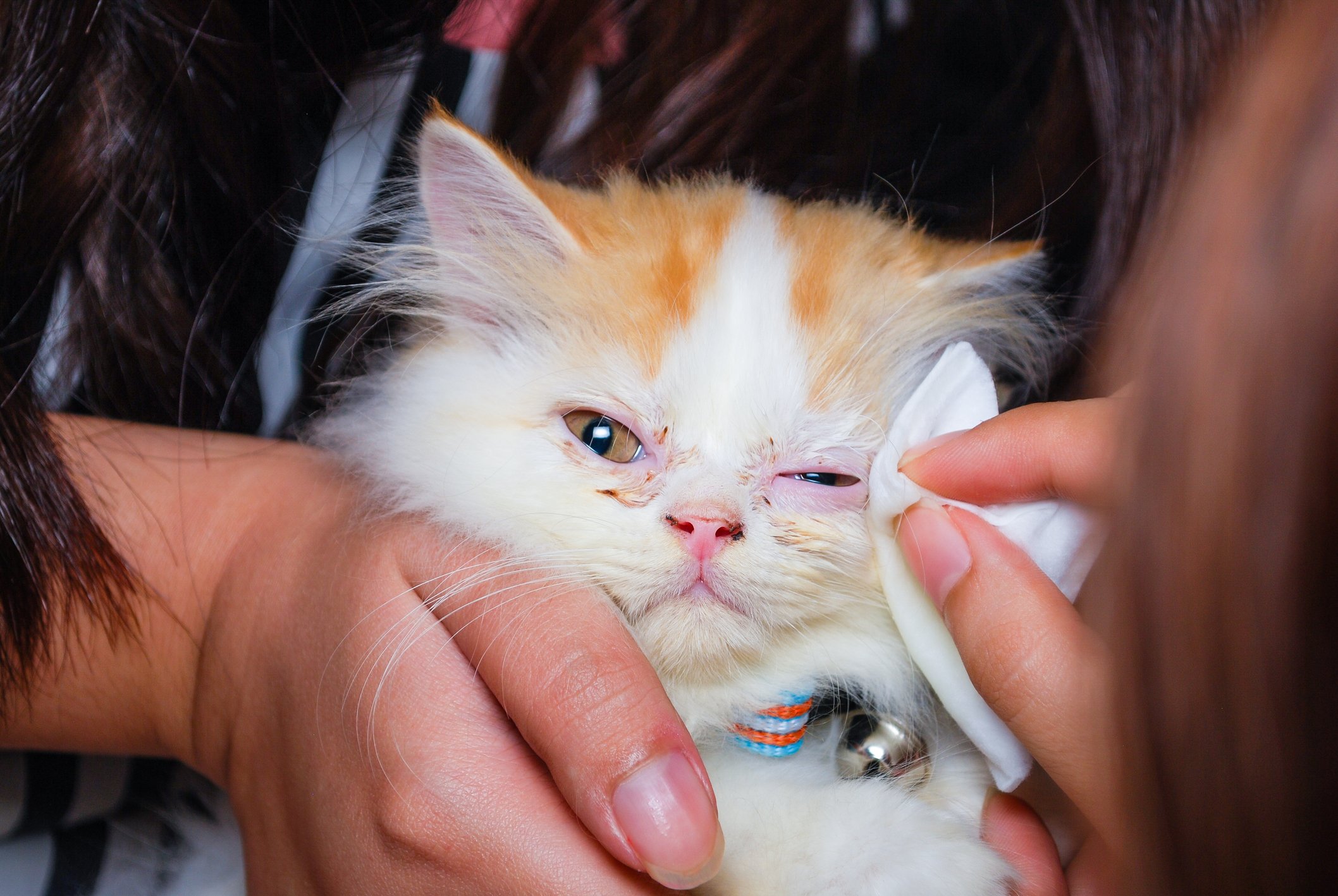
Chronic Rhinosinusitis In Cats Tufts Catnip

Nasal Discharge In Cats Runny Nose In Cats Petmd

I Think My Older 16 Year Old Cat Has A Nasal Polyp He Is The Love Of My Life He Has What Look To Be A Pink Swollen
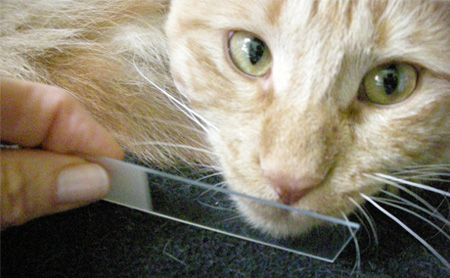
A Rundown On Runny Noses A Sniff Of What You Should Know About Chronic Feline Sneezers And Snufflers

Nasal Polyps In Cats Symptoms And Treatment Options Kingsdale Animal Hospital

Nose And Sinus Inflammation In Cats Petmd

Cat Owners Beware Of Polyps The River Reporter
Cat Hard Bump On Nose Bridge Thecatsite
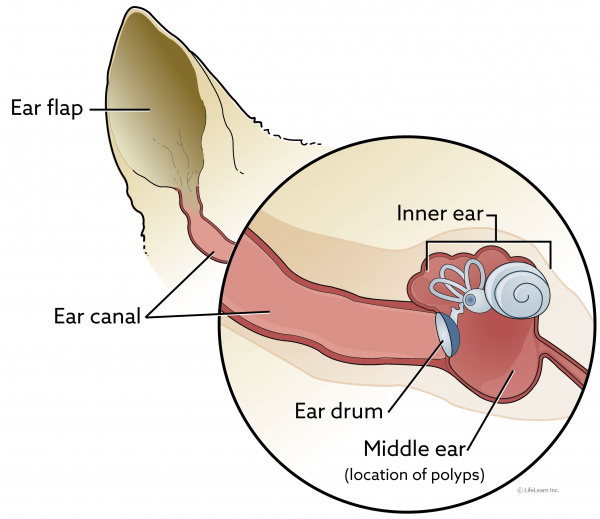
Nasopharyngeal Polyps In Cats Vca Animal Hospitals

Symptoms Cat Clinic Of Issaquah
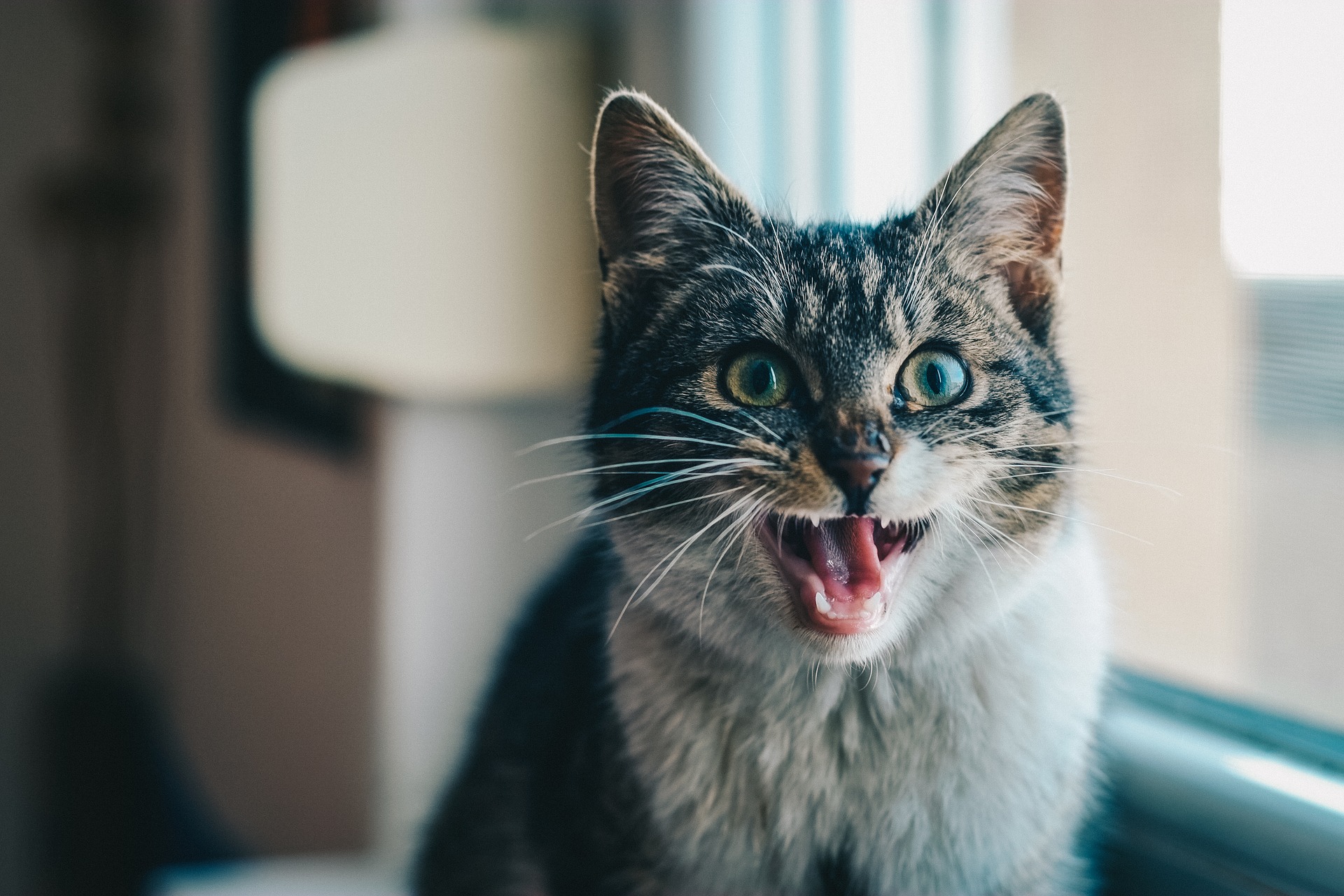
What Are Polyps And How Are They Treated In Cats Vet Help Direct

Nasopharyngeal Polyp In A Cat Removal Cost And Veterinary Advice Youtube
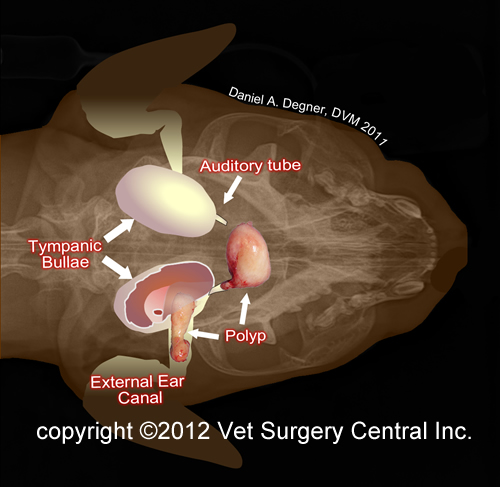
Animal Surgical Center Of Michigan Veterinarian In Flint Mi
Following A Different Path Purrrfectly Holistic A Boutique For Cats Purrrfectly Holistic A Boutique For Cats

